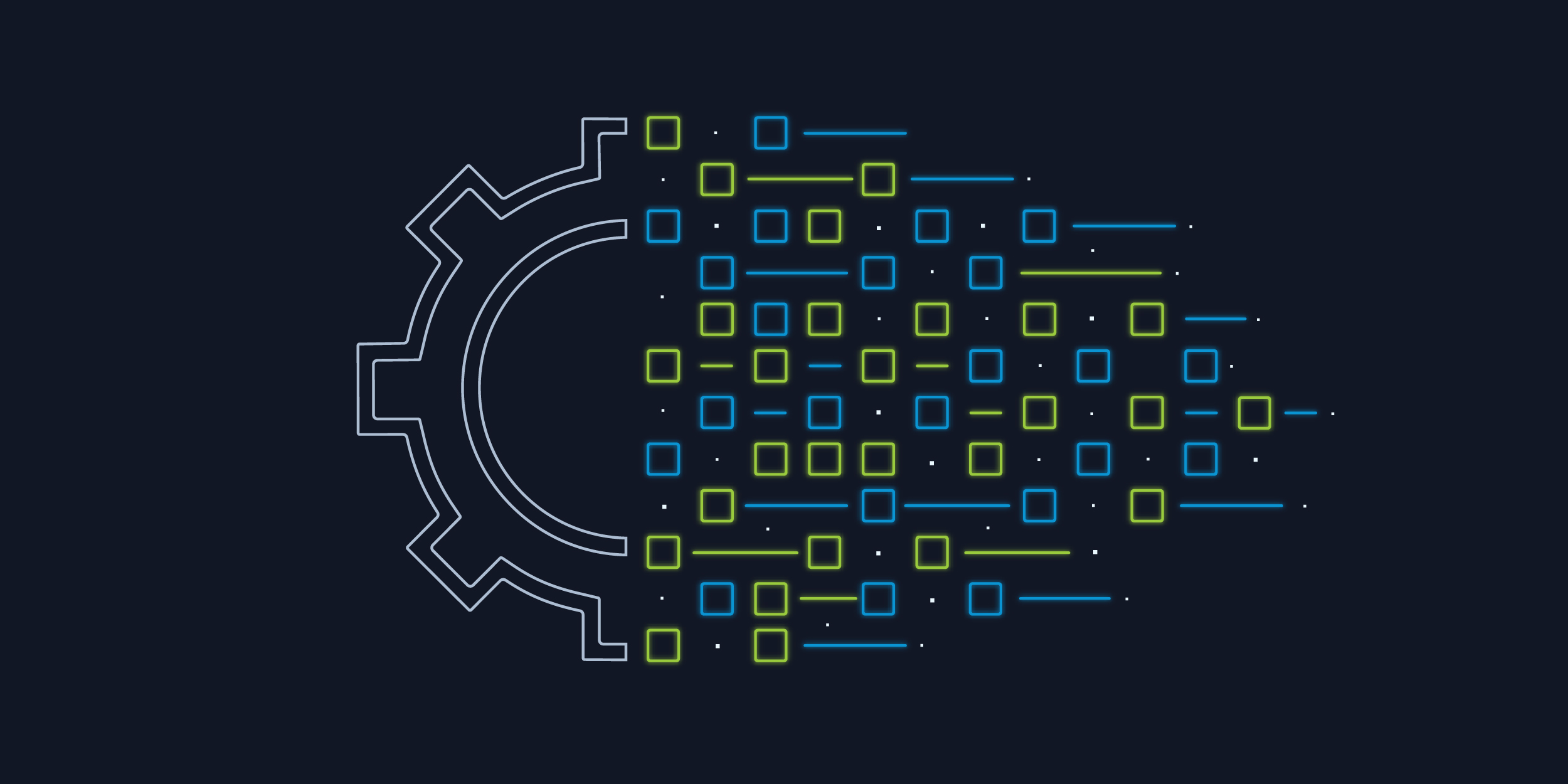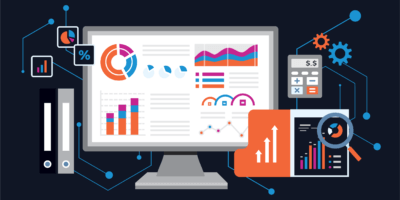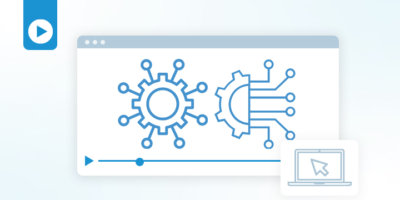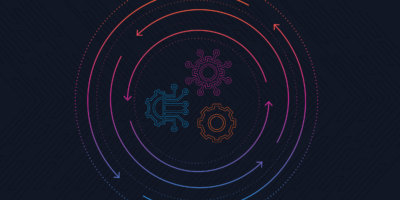In the early phases of network automation, most of the efforts were focused on simplifying and condensing repetitive tasks to gain efficiencies. Business processes remained largely unchanged, with automation primarily applied to standalone tasks within the process. The impact of these efforts was meaningful for individuals — an engineer could perform 100 assignments in the time it previously took to complete one — but the results were not transformational for the organization, because of two reasons:
- Automation focused on specific tasks does not impact the overall process
Because this approach neglects handoffs and other activities that occur beyond these tasks. Automation that addresses individual tasks but not the lengthy lag for handoffs between teams provides limited value.
- A task-centric automation approach still uses a “human-centric” paradigm for process execution
Most activities and processes are designed around how much time it would take an average engineer to perform a task – so the work and the Service Level Agreements (SLAs) are based on human limits. For example, if an engineer only has enough time to perform 2 prechecks in a maintenance window, then 2 pre-checks becomes the standard. The standard isn’t driven by technical requirements, its driven by a human limitation. The technical requirement may be better satisfied with 10 pre-checks, but there is not enough time for 10 pre-checks. With automation, the automation system can perform a pre-check in seconds as opposed to tens of minutes or hours. By moving from a “human-centric” paradigm to an “automation-centric” model, the team can let the system run 10, 15, 20+ prechecks in seconds, enabling the process to execute more efficiently and safely. The only way to do this is to move away from a model that automates individual tasks, and instead automates the entire process.
How to Utilize Automation Properly to Transform an Organization
For automation to become truly transformative, operators need to revisit and redesign their business processes to reflect a “machine-centric” paradigm. By automating an entire process, not just individual tasks, the operator gains the flexibility to do much more in much less time with fewer resources — making innovation possible. When the marginal cost and time to provision a service, or to deploy a new network function, becomes trivial, the telecom provider can focus on creating new services, composed of capabilities that were previously too costly to manage. Engineering and operations teams can focus their attention on strategic activities of greater value that require their domain expertise instead of performing routine, time-intensive, repetitive activities.
As the rate of change in network technologies increases, the value of a machine-centric model becomes even greater. Telecom networks are now composed of a more diverse set of technologies than at any other time — with older Command Line Interface (CLI) based systems operating alongside cloud controllers, virtualized/containerized functions, and network controllers. These technologies have the potential to deliver unique, differentiated, high-value services, only if the operator transforms the way they are designing and executing their business processes, and only if they utilize tools and platforms that have the capabilities to deliver true end-to-end, machine-centric automation.
Itential is Transforming the Network Operations Through Integration & Automation
Itential is at the forefront of network automation innovation, propelling its customers and partners to achieve new competitive advantages and accelerate digital transformation initiatives. The Itential Automation Platform was purpose-built to simplify the management of multi-domain and multi-vendor networks, by providing a low-code environment that enables network engineers and IT to participate in automation and easily bridge the gap between their legacy and new technologies.
Providing a way to quickly produce sophisticated automations with a DevOps mindset by treating the network infrastructure as code, the Itential Automation Platform closes the skills gap by being equally usable by developers and network engineers.
To learn more about how to measure and maximize the business impact network automation has on your organization, watch this webinar on-demand to dive into the framework for assessing automation value.
Article originally published on futurenetworld.net.




